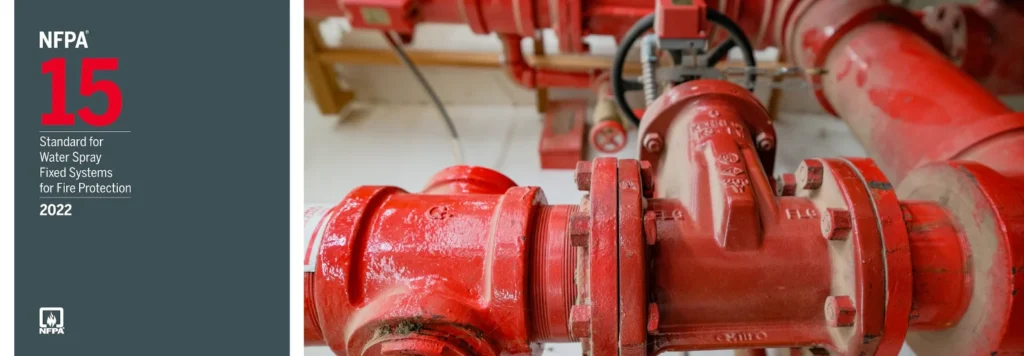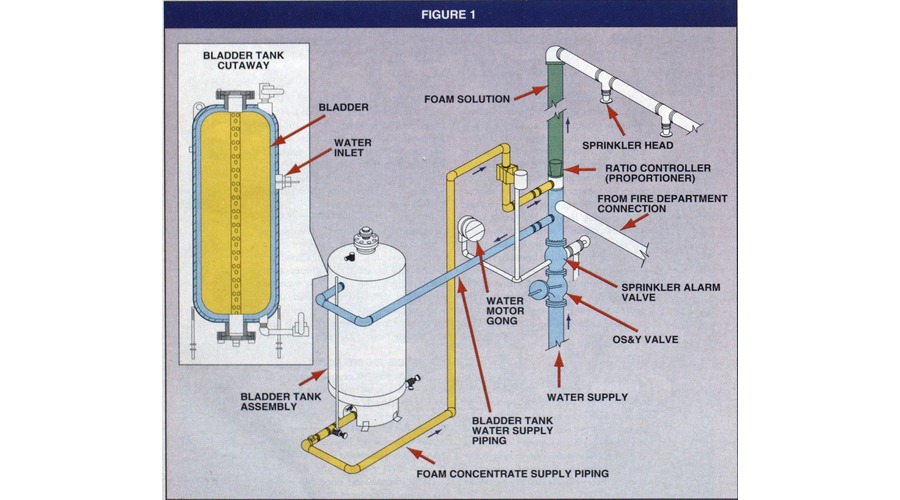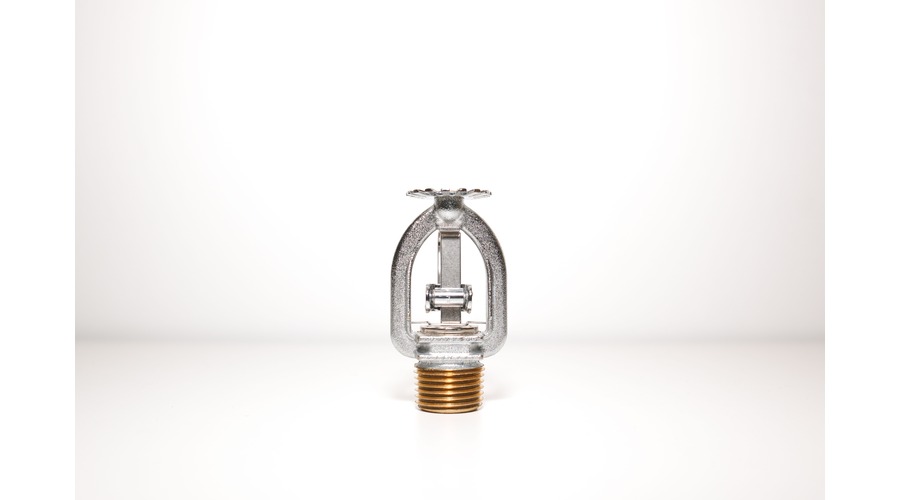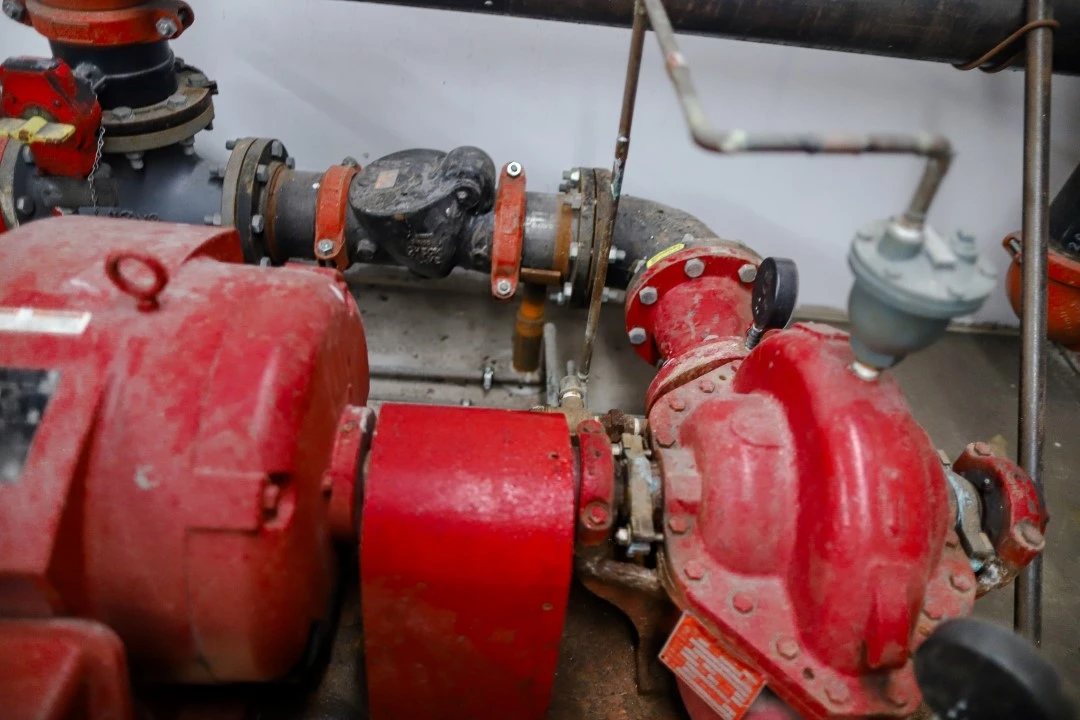

Fire Pump Testing Requirements
Things To Know
Introduction
Fire pumps play a crucial role in fire sprinkler systems. Providing the essential pressure needed to ensure the sprinklers operate effectively during emergencies. Properly functioning fire pumps are critical for safety, and regular testing and maintenance are key to ensuring they meet NFPA guidelines. We outline the essential aspects of fire pump testing, including frequency, requirements, and best practices for equipment and inspections.
How Often Should A Fire Pump Be Tested?
Fire pumps require systematic testing to guarantee they are ready to perform in emergencies. Testing schedules are categorized into weekly, monthly, and annual inspections, each serving a specific purpose:
Weekly inspection:
- Pump House/Room: Check for any visible issues or irregularities.
- Pump System Conditions: Inspect components for signs of wear or malfunction.
- Electrical System Conditions: Ensure electrical connections and controls are in good working order.
- No-Flow (Churn) Test: For diesel fire pumps and certain electric pumps, this involves running the pump without flowing water to check for overheating and ensure the pump starts correctly.
Monthly inspection:
- No-Flow (Churn) Test: Conducted for electric fire pumps not specified for weekly testing. This helps confirm that the pump will operate correctly and does not overheat when running without a water flow.
Annual inspection:
- Pump Operation and Flow Test: A comprehensive evaluation of the pump’s ability to maintain pressure and flow under simulated emergency conditions. This test ensures the pump’s reliability and readiness for an emergency situation.
Generally speaking, no-flow tests (often referred to as “churn tests”) should be conducted weekly for diesel engine-driven fire pumps and monthly for many electric fire pumps. Flow tests, on the other hand, should be administered yearly to ensure fire pumps are ready to respond in critical moments.
Weekly Fire Pump Testing
Diesel engine-driven fire pumps and certain electric fire pumps are required by the NFPA 25–the standard for inspection, testing, and maintenance of water-based systems–to be inspected and tested weekly. However, it should be noted that both periods can potentially be extended based on approved risk analysis.
According to section 8.3.1.2.1 of the 2023 edition of the NFPA 25, the electric fire pumps that are required to be tested weekly are as follows:
- Fire pumps that serve fire protection systems in buildings that are beyond the pumping capacity of the fire department
- Fire pumps with limited service controllers
- Verticle turbine fire pumps
- Fire pumps taking suction from ground level tanks or a water source that does not provide sufficient pressure to be of material value without a pump
Key Differences: Weekly inspections involve visual checks and no-flow tests to ensure the pump’s operational readiness. Testing verifies the pump’s ability to start and maintain pressure, essential for effective emergency response.
Monthly Fire Pump Testing
In addition to weekly visual inspections which require an examination of the pump house/room, pump system conditions, and electrical system conditions, electric fire pumps not specified in section 8.3.1.2.1 are required to undergo no-flow (or churn) tests.
Unless conducting a remotely monitored automated test in accordance with NFPA 25, qualified personnel are required to be in attendance while conducting no-flow (churn) testing.
Annual Fire Pump Testing
Annual flow testing is an exhaustive test of a fire pump’s capabilities. It is conducted yearly to ensure the fire pump is fully capable when needed. The annual flow test tasks the pump with operating at extreme conditions, so again, qualified professionals are required to attend. Additionally, safety precautions such as wearing protective gear. Testing in properly ventilated areas, and using hoses that have passed a service test within the last year are paramount.
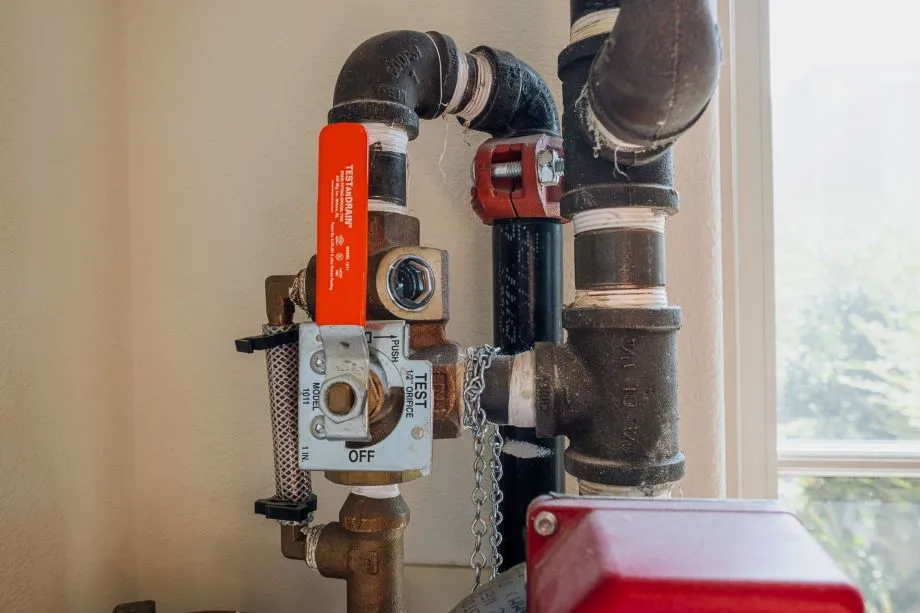

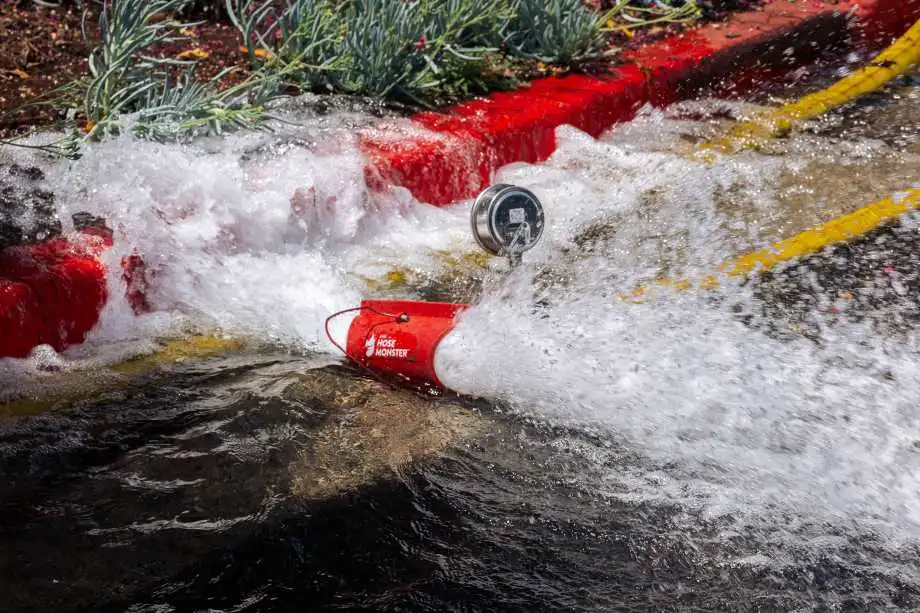

No-Flow (Churn) Testing Requirements
Quick Things to Know According to the NFPA 25 (2023 edition)
- Qualified personnel are required to be in attendance when the pump is operational
- The electric pump needs to run for a minimum of 10 minutes
- The diesel pump needs to run for a minimum of 30 minutes
- A pressure difference greater than 95% of the rated pressure needs to be investigated and corrected
Regular no-flow testing is a vital part of ensuring fire pumps can be relied upon. Essentially, no-flow tests ensure fire pumps will start and not overheat. Again, these tests are required to be conducted weekly or monthly depending on the type of fire pump.
Annual Flow Testing Requirements
Quick Things to Know According to the NFPA 25 (2023 edition)
- Qualified personnel are required to conduct testing and be in attendance when the pump is operational
- Constant speed pump assemblies need to be tested under no-flow, rated flow, and at 150% of the pump rated capacity flow of the fire pump
- Variable-speed pump assemblies need to be tested under no-flow, 25%, 50%, 75%, 100%, 125%, and 150% of the rated pump capacity flow of the fire pump
As with no-flow (churn) tests, annual flow tests require qualified personnel as this assessment is designed to evaluate the fire pump in extreme conditions. Also, it’s important to note that the fire pump will be taken offline during the testing period.
The NFPA also requires the use of highly accurate and recently calibrated testing equipment to ensure flow test results can be trusted. You may even want backup equipment on hand in case of malfunction.
Approved Test Devices
The NFPA calls for the fire pump controller to be factory-calibrated and brought within 3%. Devices such as gauges and transducers should be calibrated at least annually within 1%. Likewise, flow meters should be calibrated yearly and within 3%.
Annual Flow Testing: How To Interpret Flow Test Results
Fire pump test results should be no less than 95% of the flow rates and pressures as stated on the nameplate. Again, only qualified individuals are tasked with interpreting the results. But it is the responsibility of the property owner to maintain records of any fire pump testing such as dates and results.
Fire Pump Testing Requirements FAQ
Ensure Your Fire Pump is Ready for Anything—Act Now!
Don’t wait until it’s too late—ensure your fire pump system is fully operational and compliant with NFPA guidelines. Regular testing and maintenance are crucial for safety and performance.
Our team is here to make fire pump inspections, testing, and maintenance straightforward and stress-free. Act now to ensure your fire protection system is always ready to perform when you need it most!

